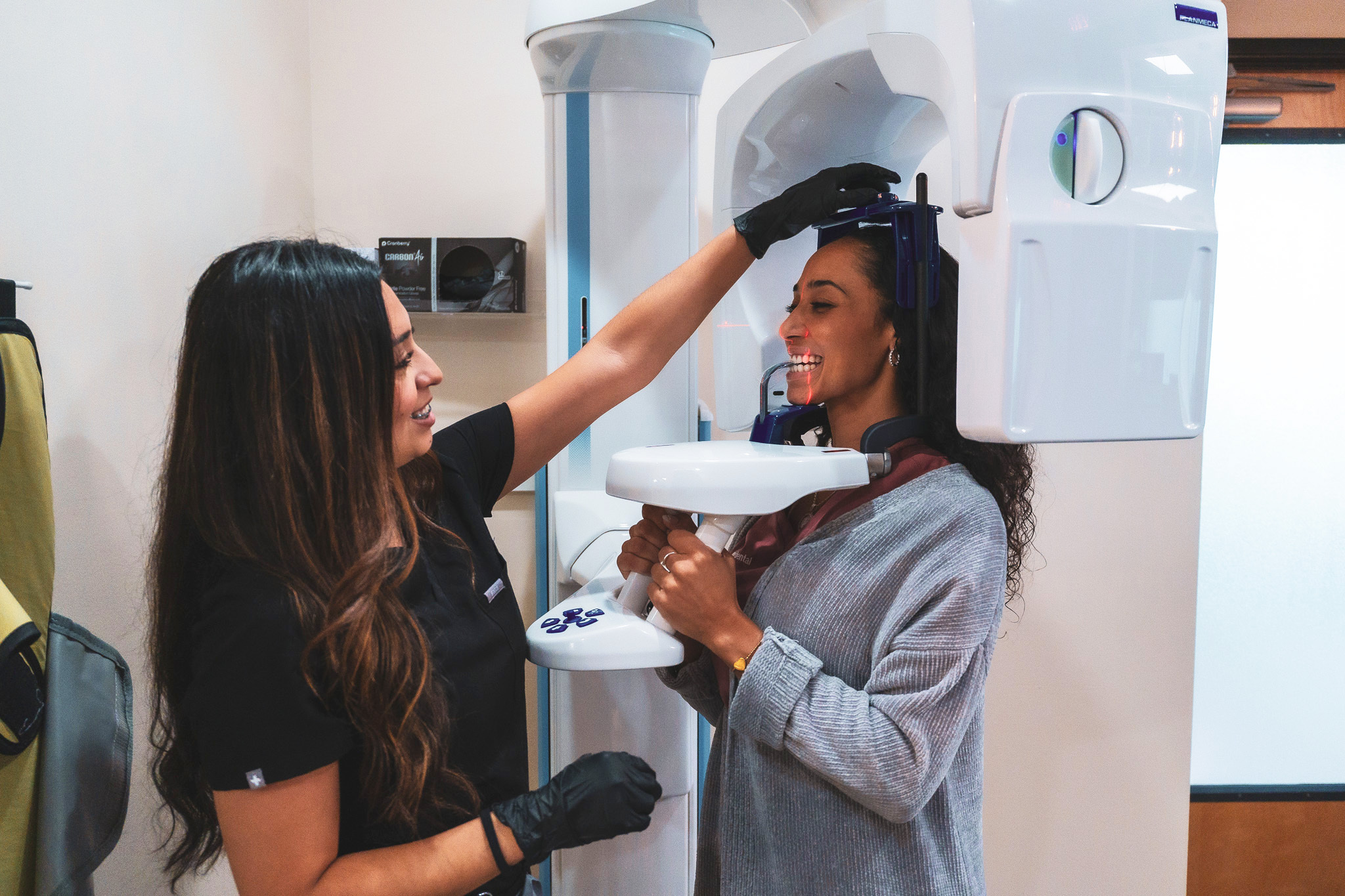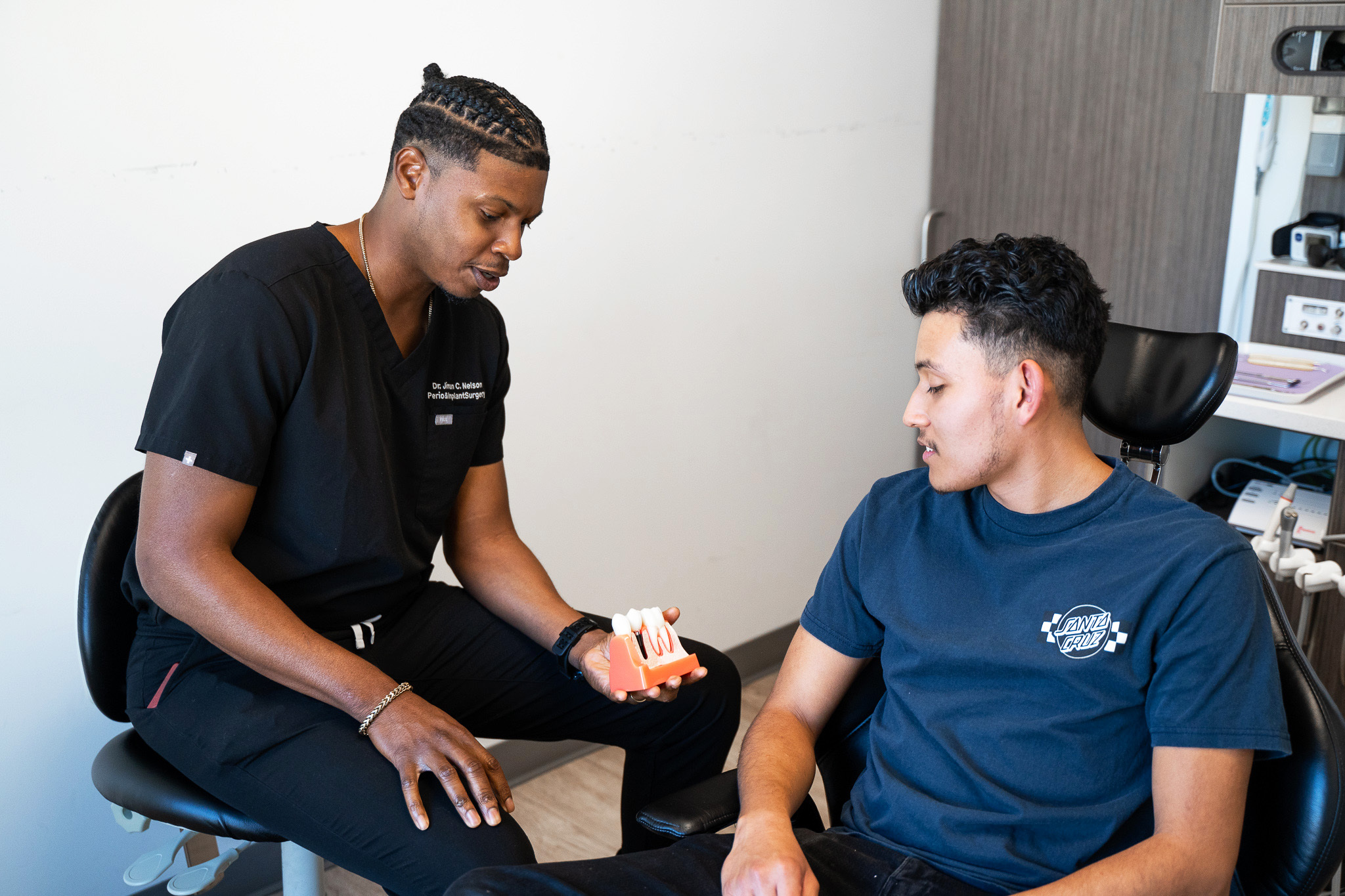A Full Description of An Onlay For Repairing A Damaged Tooth
Losing a tooth or being made aware that you are going to lose a tooth can be distressing. No one will want to have a gap or gaps in their mouth and the good news is that there is a way to prevent this.
What is a Dental Onlay?
Losing a tooth or being made aware that you are going to lose a tooth can be distressing. No one will want to have a gap or gaps in their mouth and the good news is that there is a way to prevent this. Mainly there will be dental onlays used when there is a damaged, but still present tooth. Rather than take the tooth out, a dentist can cover it with an onlay and it will look just as good as the original one before the damage set in.
There can be dental onlays made from a variety of materials, including titanium, gold, resin or ceramics. They will cover the hole of the tooth or broken portion of the tooth meaning that the entire area is secure. It is an ideal way to make sure that the teeth around the damaged one do not have to cover its role, as the covered damaged tooth will be just as strong and be able to carry out its fair share of biting and chewing.
Table of Contents
How are Onlays Provided and Placed?
There will have to be a number of appointments made as the inspection, provision and fitting cannot all happen at the same time.
Different materials will have to be fitted in different ways. If it is a metallic onlay, it will have to be glued onto the tooth in order to keep it is place. It will be easier to have a ceramic onlay put in place, as this can be fitted during the initial appointment on occasions. This can only happen if there is the facility to produce a CAD onlay. If not, it will be at a second appointment, and the method of attachment here is via an adhesive. The area will have to be numbed regardless of how the onlay is produced. When the second appointment is required, there will have to be additional work, at the tooth has to be protected up until such time that the onlay can be fitted. Once in place, there will be no need to go back to the dentist as the cement or bond used will be strong enough to keep the onlay in place for many years.
Why choose a Dental Onlay?
There are a number of reasons to choose to have onlays fitted over other forms of fillings, caps and crowns. Firstly, there will be less time needed in the dental chair than there would be to have a filling put in. The onlay will be manufactured away from the appointment, so each session will have a break between it. As the patient is not numbed and waiting while the onlay is being made, it will be easier to produce it. As it will often be intended to cover a large gap in the tooth, it will be an advantage to have time to make it, rather than try to fill a large hole with a filling.
If the tooth is cracked, there is only so much that a filling can do. By producing an onlay, it will be stronger, so it is less likely that this will happen. When a porcelain crown is used, it can make the tooth look as if nothing has been done to it. A metal onlay will clearly not be natural but it is incredibly durable, and it is very unlikely that anything will be able to chip it. There will be nothing that you could not do before that you will not be able to do once the onlay has been put in place.
Dental crowns are very popular and for good reasons, but it will be better to have an onlay on the tooth rather than a crown. One major advantage is the fact that there is less of a need to remove a lot of the existing tooth. With more of the original tooth left in situ – the removal will be less of an ordeal. They may be more expensive than a normal crown, but the expression of getting what you pay for certainly rings true. The tooth will be protected to a much higher degree. The look will be better and the way that they work will be better.

Who will have a dental onlay fitted?
The people who will want to have a dental onlay fitted is an instance where the tooth has been broken in a certain way that requires this specific treatment. In order to need an onlay there will be a couple of items needed to be considered by the dentist. Whether the tooth has large dental decay or perhaps the tooth is cracked and broken by having a dental onlay the tooth will regain tooth structure and be safe and secure.
What is the difference between a Dental Onlay and a Dental Inlay?
There have been many reasons considered and one of the major ones will be aesthetics. Although it is possible to get a white inlay put in, there is still the chance that people will be able to tell that is it dental work and not part of the original tooth. It is also the case that an inlay is not as strong as an onlay and therefore more risk that it may crack and result in the need for extra work to be carried out. Both types of dental repair allow for a variety of materials to be used, but again an onlay is going to be more secure because it covers more of the tooth structure. The tooth will be covered and as a result will be protected against bacteria that can get through a crack that may appear in a dental inlay due to the size of it being small. Your entire mouth will be better protected when you choose to have onlays over inlays.












